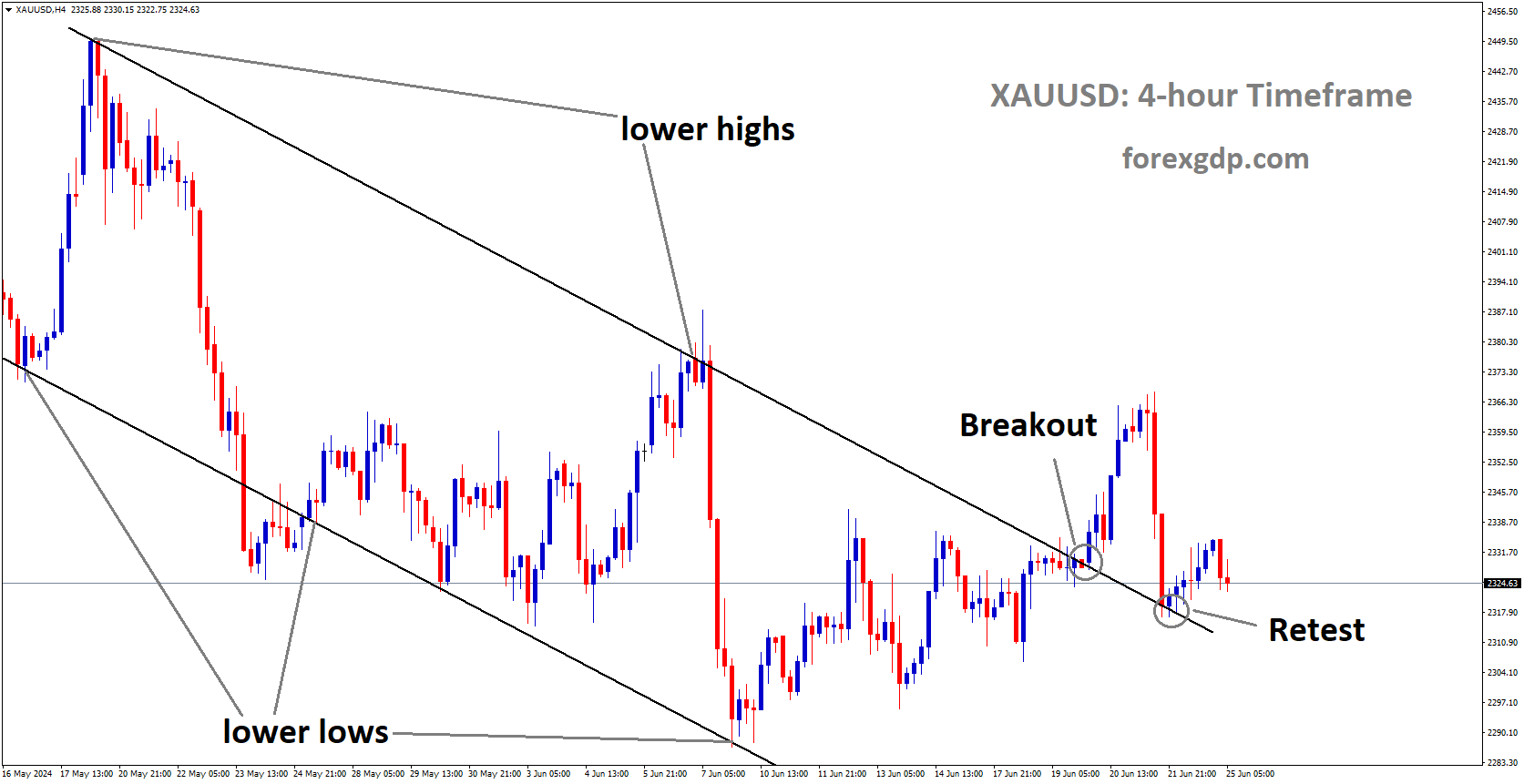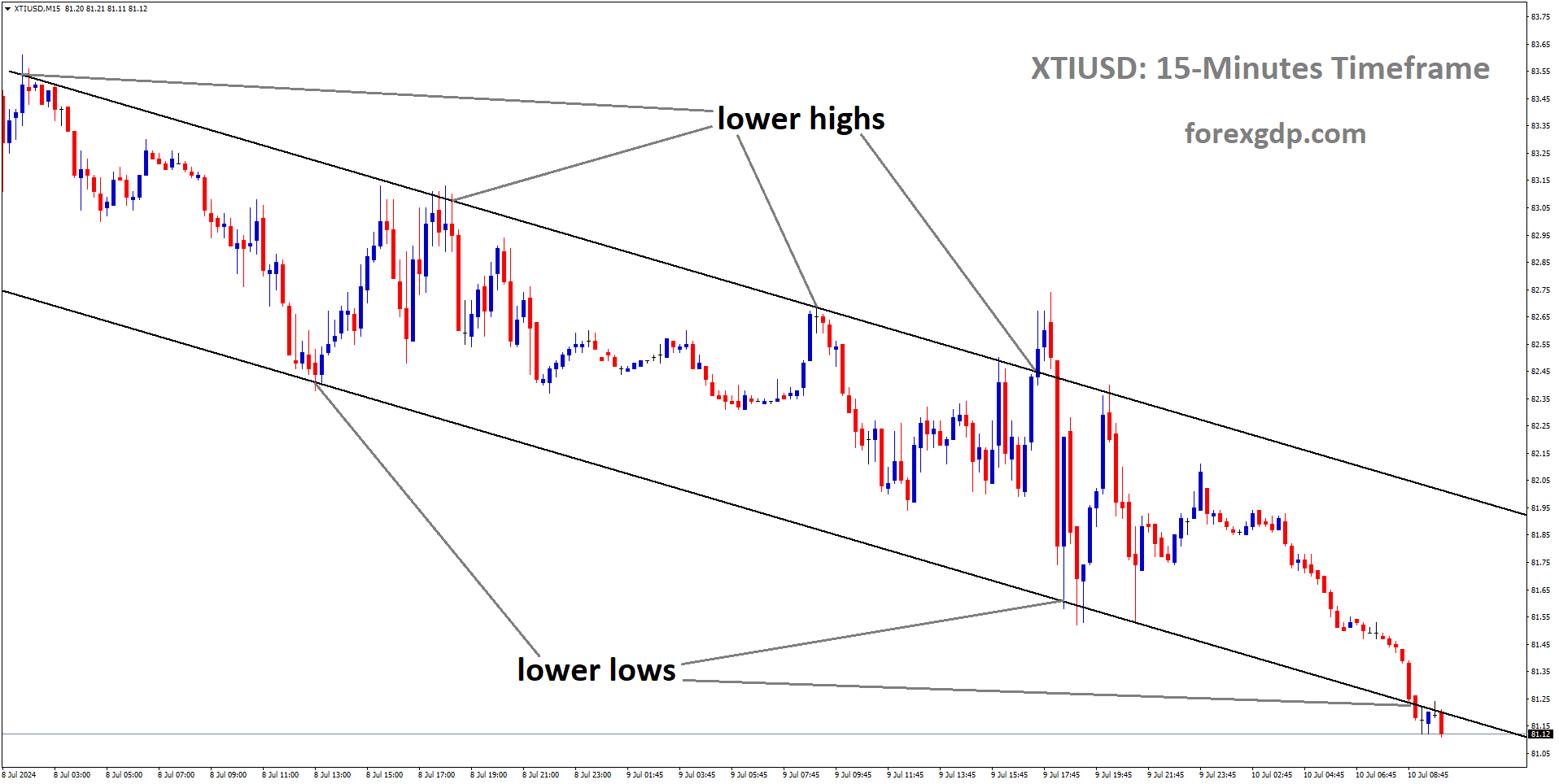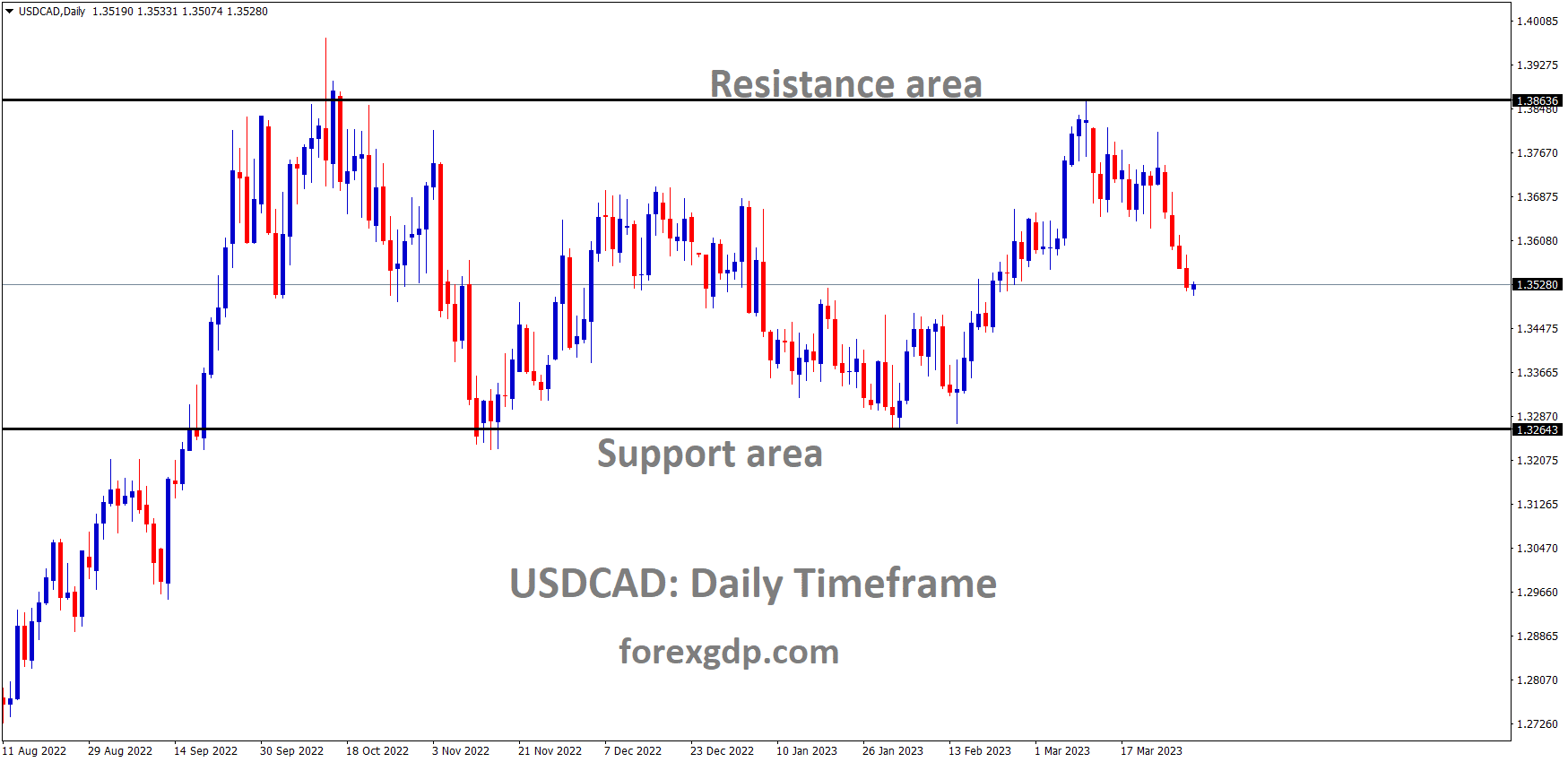GBPUSD is rebounding from the retest area of the broken descending channel
Pound Sterling Gains Amidst UK Inflation Spike: What’s Next?
The Pound Sterling has caught the attention of traders recently, rising against the US Dollar. The big story here revolves around the latest inflation figures from the United Kingdom, which surpassed expectations in August. This surprise surge has stirred up plenty of market talk and speculation about what comes next for the UK’s monetary policy. In this article, we’ll break down what’s happening with the Pound, why UK inflation matters so much, and what traders are keeping their eyes on moving forward.
Understanding the Pound Sterling’s Surge
The British Pound has been making moves recently, and the reason behind this lies in some surprising economic data coming out of the UK. Specifically, inflation in the UK climbed more than expected in August, putting pressure on the Pound’s value in the global market.
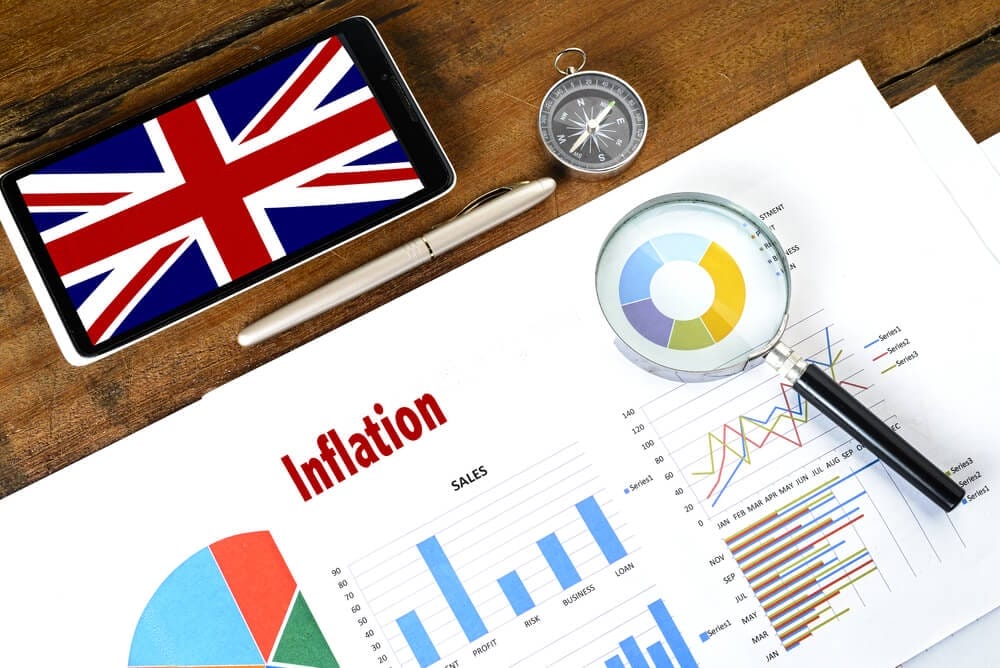
UK Core Inflation: A Closer Look
One of the key measures economists and central banks pay close attention to is the core Consumer Price Index (CPI). This metric excludes volatile items like food and energy to give a clearer picture of inflation. According to the Office for National Statistics (ONS), UK core inflation surged by 3.6% in August, which was a touch higher than the 3.5% that experts had predicted. Even more notable is that this was an increase from July’s 3.3%.
Now, why is this important? Inflation numbers are a big deal for currency traders because they give insight into what central banks might do with interest rates. In this case, a higher-than-expected inflation number could signal that the Bank of England (BoE) might reconsider its approach to interest rates. Typically, when inflation is high, central banks raise interest rates to cool things down. This dynamic is one reason the Pound strengthened against the US Dollar in recent days.
The Role of Services Inflation
Another key indicator the BoE watches closely is services inflation. This reflects price changes in services like healthcare, education, and hospitality. In August, services inflation shot up to 5.6%, up from 5.2% in July. This rapid increase could suggest that inflationary pressures are still alive and well in the UK economy, particularly in sectors closely linked to everyday life.
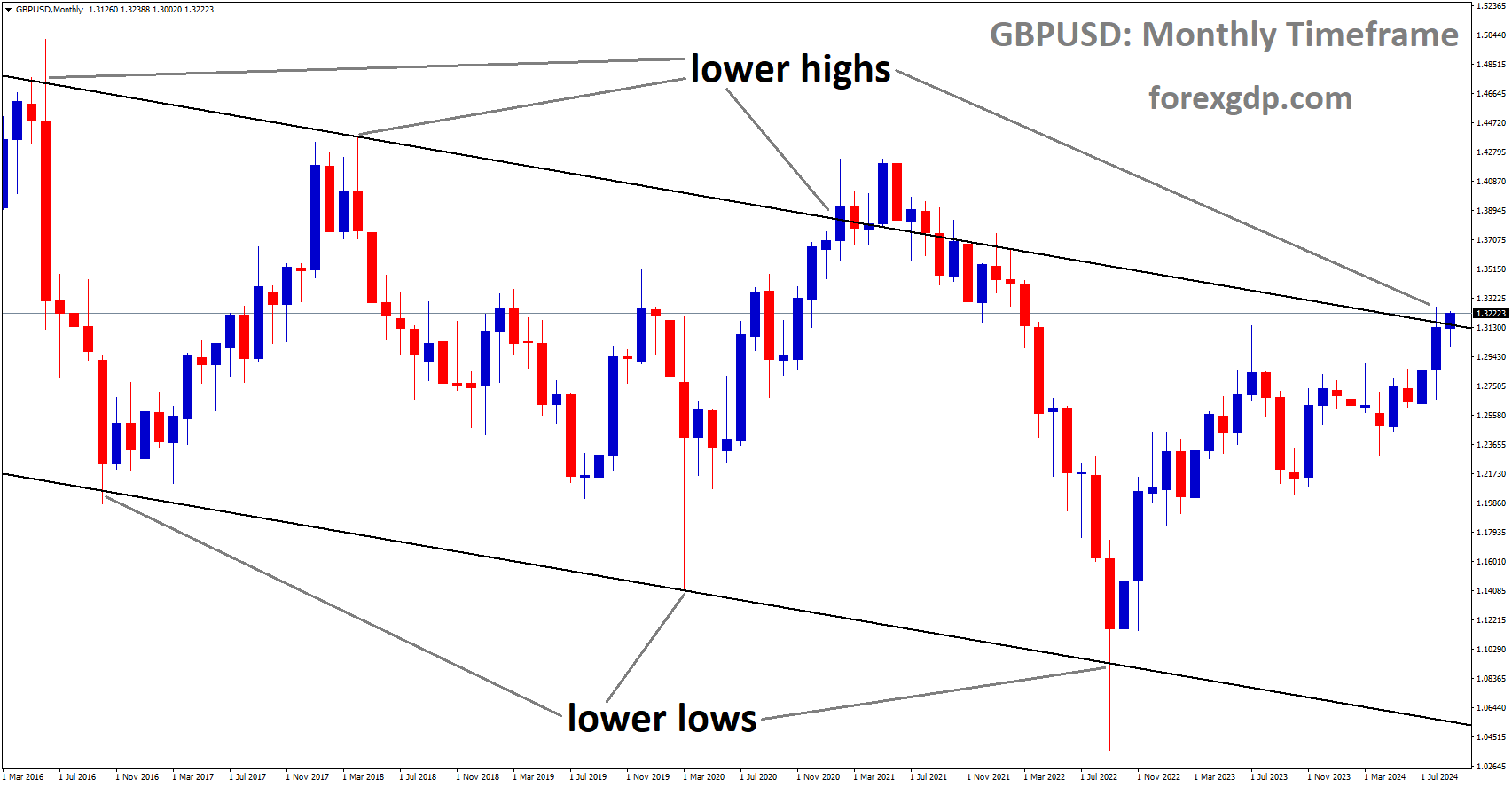
GBPUSD is moving in a descending channel, and the market has reached the lower high area of the channel
What Could This Mean for the BoE?
Given the recent data, there’s a lot of speculation about how the BoE will respond. Some analysts had expected the BoE to cut interest rates later this year to give the economy a bit of a boost. But with inflation running hotter than anticipated, those bets are being reconsidered. The Bank may need to keep rates where they are, or even hike them again, to try and tame rising prices.
Investors’ Eyes on the Bank of England
So, where do things go from here? The focus is shifting to the BoE’s next monetary policy announcement, which is scheduled for later this week. Before this inflation data hit, markets were already predicting that the BoE would hold interest rates steady at 5%. However, given that inflation still appears to be stubbornly high, those expectations could shift. There’s a chance that traders will start betting on rates staying elevated through the end of the year.
The BoE’s decision will have a huge impact on the value of the Pound in the coming months. If they keep rates steady or raise them, the Pound could continue to strengthen. On the flip side, if they signal a cut, it could put downward pressure on the currency.
What’s Happening Across the Pond: The Fed’s Big Move
Meanwhile, across the Atlantic, the Federal Reserve (Fed) in the US is also gearing up for a major policy announcement. There’s been plenty of talk that the Fed might finally start cutting interest rates after a long period of hikes. If this happens, it would be the first interest rate cut in over four years.
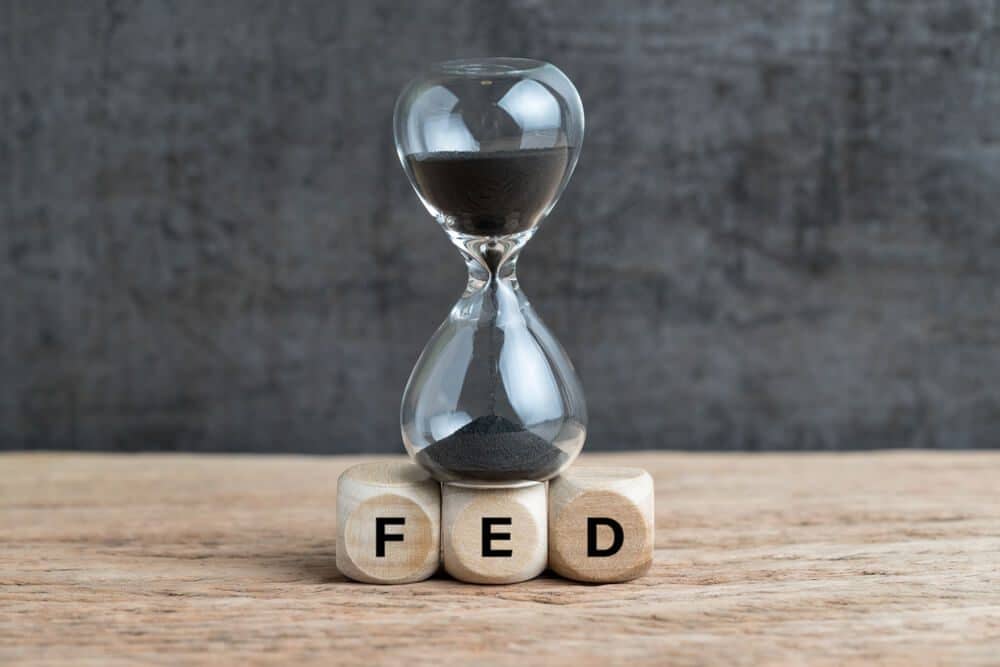
Why Are Rate Cuts Important?
Interest rate cuts are typically used by central banks to stimulate economic growth. When borrowing costs are lower, businesses and consumers are more likely to spend, which can give the economy a boost. However, this can also weaken a country’s currency. This is why the potential for a Fed rate cut is drawing attention from currency traders. If the Fed cuts rates, it could make the US Dollar less attractive to investors, potentially strengthening currencies like the Pound in comparison.
The Fed’s Dot Plot and Economic Projections
One thing investors are particularly interested in is the Fed’s dot plot. This chart shows where each Fed policymaker thinks interest rates will be in the future. It gives traders insight into how aggressive (or cautious) the Fed might be in cutting rates going forward. Along with the dot plot, the Fed will also release its latest economic projections, which will provide clues about how the central bank views inflation, employment, and economic growth in the coming months.
After the Fed announces its decision, all eyes will be on Fed Chair Jerome Powell’s press conference. Powell’s words can move markets, and traders will be listening closely to see how he describes the Fed’s approach to rate cuts and economic risks.
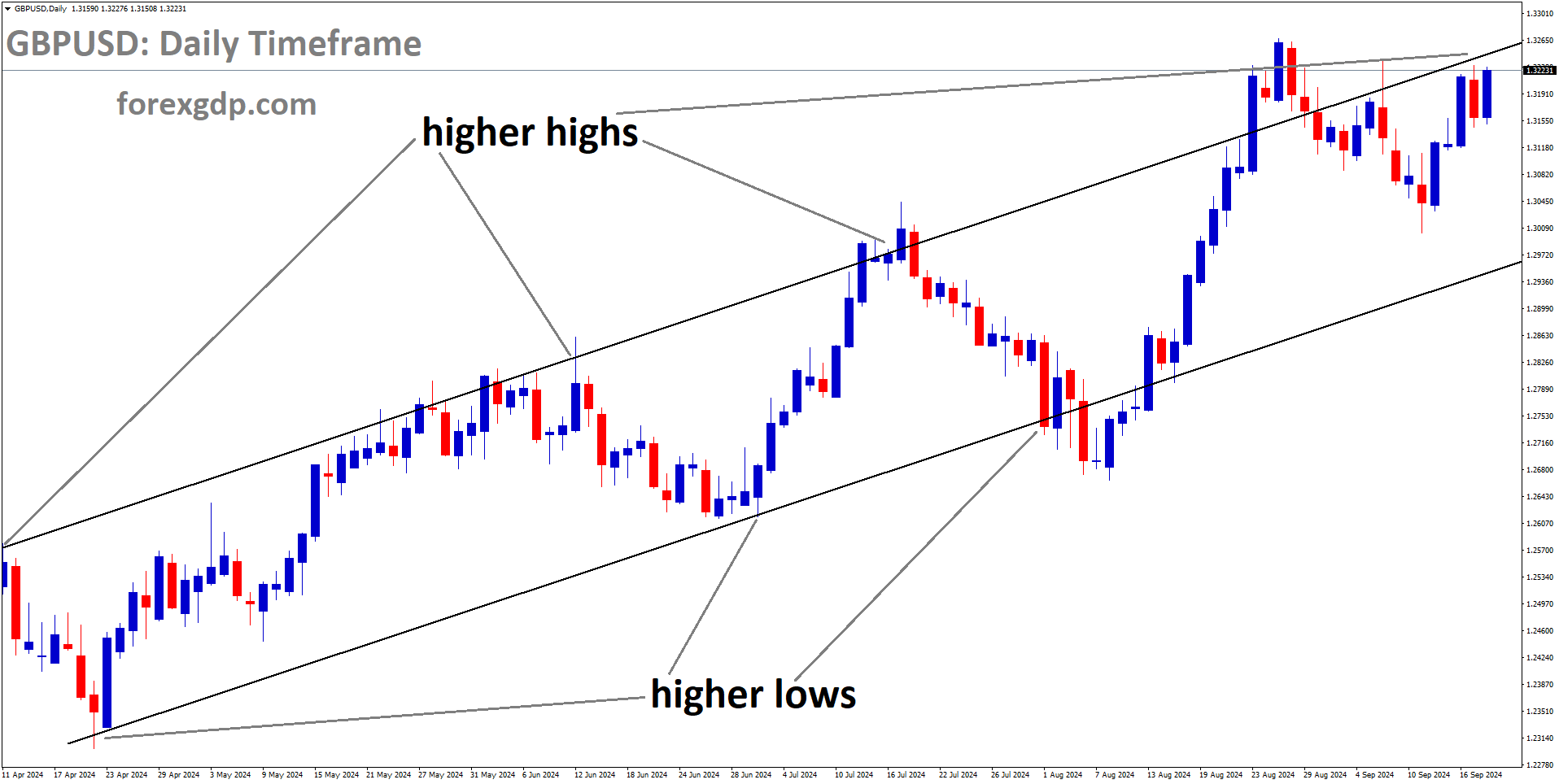
GBPUSD is moving in an Ascending channel, and the market has reached the higher high area of the channel
What Traders Should Watch For
With so much happening on both sides of the Atlantic, it’s no wonder the markets are buzzing with activity. For those trading the Pound or the Dollar, here are a few things to keep an eye on:
- Bank of England’s Rate Decision: Will the BoE hold rates steady, or will they pivot in response to stubborn inflation?
- Federal Reserve’s Announcement: How quickly will the Fed cut rates, and by how much?
- Inflation Trends: Keep an eye on future inflation reports from both the UK and the US. These will be key in determining where interest rates—and currencies—go from here.
- Market Sentiment: Sometimes, it’s not just the data but how traders react to it that matters. Watch for any sudden shifts in sentiment that could move markets.
Wrapping It All Up
The recent surge in the Pound Sterling has been driven largely by the UK’s unexpectedly high inflation in August. As a result, traders are eagerly awaiting the Bank of England’s next move, with many wondering if higher interest rates will stick around longer than anticipated. Meanwhile, in the US, the Fed is preparing for its first interest rate cut in years, a move that could shake up currency markets even further. For now, the situation remains fluid, and traders will need to keep a close eye on upcoming economic data and central bank announcements to navigate these uncertain waters.
Whether you’re trading currencies or just keeping an eye on the broader economic picture, understanding the relationship between inflation, interest rates, and currency values is key. Stay informed, and watch how these major global players respond to the challenges ahead.
Don’t trade all the time, trade forex only at the confirmed trade setups
Get more confirmed trade signals at premium or supreme – Click here to get more signals , 2200%, 800% growth in Real Live USD trading account of our users – click here to see , or If you want to get FREE Trial signals, You can Join FREE Signals Now!


